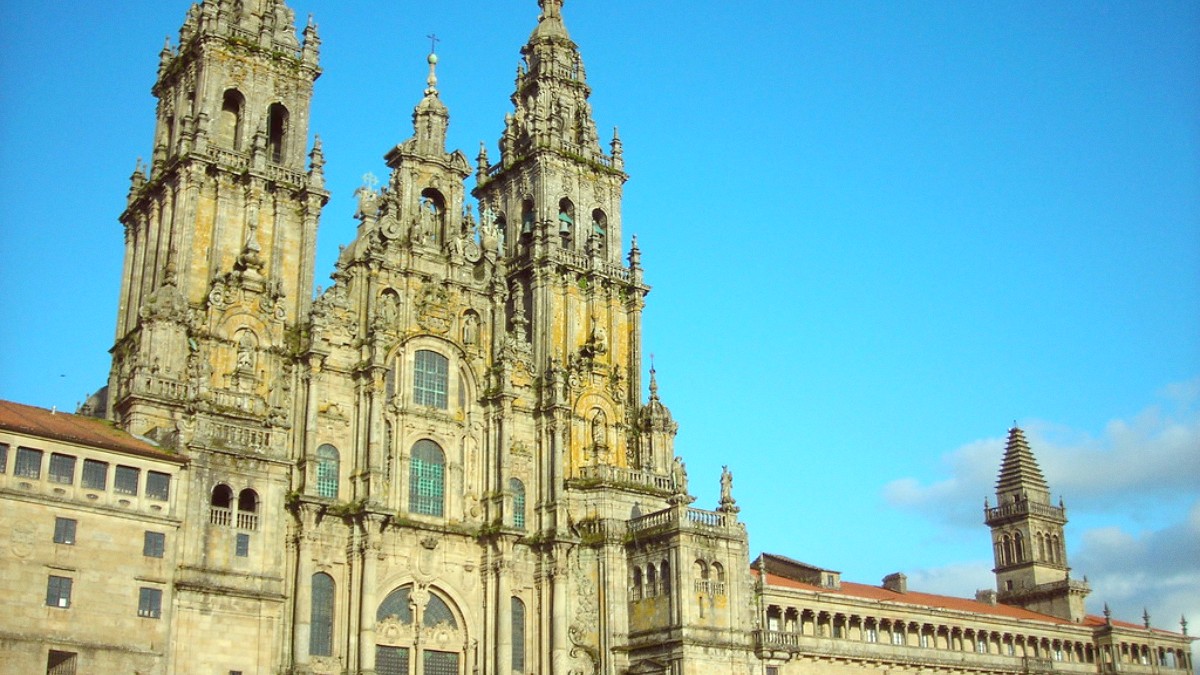
Santiago De Compostela Cantabria Asturias And Galicia, Spain Travel Guide
A Coruña: A major port city approximately 70 kilometers north of Santiago (30-40 minutes by train or bus). It features the Tower of Hercules, a Roman lighthouse and UNESCO World Heritage site, the grand María Pita Square, and Riazor beach. A Coruña has historical and modern city life.
Vigo: Galicia's largest city and major port, approximately 90 kilometers south (1 hour by train or bus). Vigo is known for excellent seafood, its old town, and as the main gateway to the stunning Cíes Islands, a natural park.
Plan your journeys beyond Santiago with these options.
Train (RENFE): Features fast, comfortable connections to A Coruña, Vigo, Pontevedra, Ourense, and Lugo.
Choose the travel style that best suits your preferences.
Galicia's natural beauty extends beyond Santiago.
Parque Natural de Corrubedo y Dunas de Corrubedo: A coastal natural park with large sand dunes, lagoons, and diverse birdlife. Approximately 1 hour drive away, an unique coastal ecosystem.
Fragas do Eume Natural Park: An ancient Atlantic forest with monasteries, rivers, and hiking trails. Situated northeast of Santiago, about a 1-hour drive, a lush, green, and historically rich natural escape.
Costa da Morte: This "Coast of Death" features a rugged and dramatic coastline, known for shipwrecks, striking lighthouses (e.g., Faro de Fisterra, Faro de Cabo Vilán), and wild, untamed beaches.
Rías Baixas: Characterized by green valleys, sprawling vineyards, and beautiful estuaries, creating a picturesque and fertile landscape.
Experience the unique atmosphere of Galicia's weather patterns.
Explore Galicia's past and traditions.
Monastery of Sobrado dos Monxes: A large Cistercian monastery on the Camino del Norte. This historically significant site offers a glimpse into medieval monastic life and architecture.
Castro de Baroña: A well-preserved Iron Age hill fort (castro) overlooking the ocean, near Porto do Son. This archaeological site illustrates Galicia's pre-Roman history.
Explore small villages along the Camino routes, like Arzúa, Melide, or Negreira. These places give a taste of rural Galician life.
Padrón: A town just south of Santiago. It holds significance in the legend of Saint James.
Discover unique local products and culinary traditions.
Handmade pottery with distinctive regional designs, perfect for souvenirs.
Delicate lace products, a traditional craft from the coastal areas.
Taste unique Galician cheeses like Tetilla, Arzúa-Ulloa, and San Simón da Costa.
Extend your trip to further explore Galicia or neighboring regions.
Spend 1-3 extra days walking the final sections of the Camino de Santiago.
Dedicate 2-3 days to explore the rugged Costa da Morte, staying overnight in a charming coastal town like Muxían or Fisterra.
Spend 1-2 days exploring the Albariño wine region. Visit wineries, enjoy tastings, and savor fresh seafood in Combarro or O Grove.
Discover distinct cultures and landscapes across northern Spain.
Well-established train and bus networks ease connections between major cities.
Renting a car offers freedom for remote exploration and scenic drives.